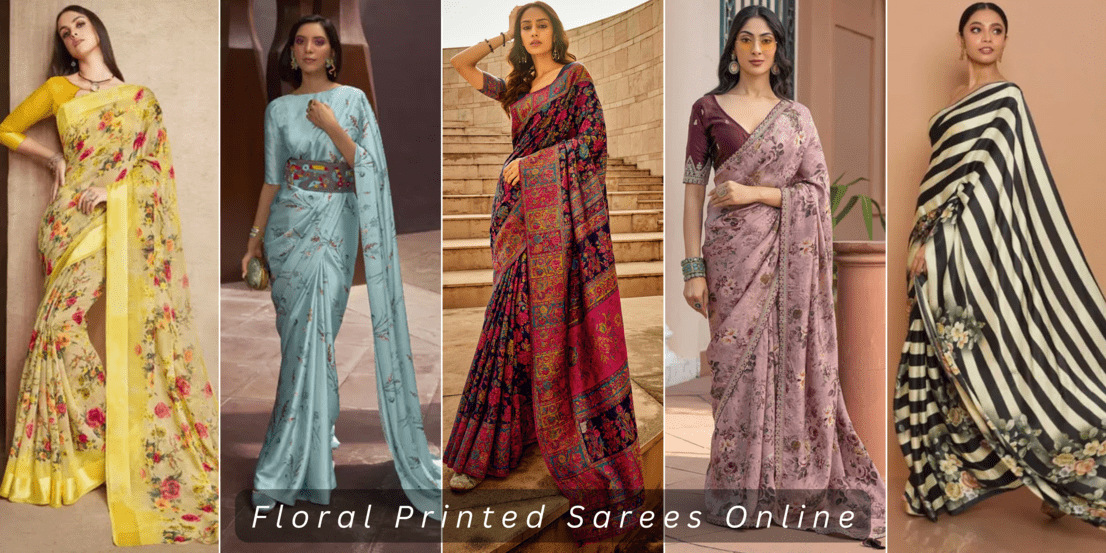
Fashion is a cyclical phenomenon, perpetually evolving yet always drawing from its rich historical tapestry. Each era is distinguished by its unique sartorial choices, reflecting the social, economic, and cultural zeitgeist of the time. This essay delves into the fashion trends during what I affectionately term “my auntie era,” exploring how the elegance and styles of that period continue to influence contemporary fashion. By examining key elements of this era’s fashion, we uncover the timeless qualities that make it enduringly relevant.
The Social and Cultural Context
Understanding the fashion trends of any era necessitates a consideration of the broader social and cultural context. My auntie era, roughly spanning the late 1960s to the early 1980s, was a time of significant transformation. This period saw the rise of feminist movements, the counterculture revolution, and significant economic changes that impacted everyday life and fashion choices.
The late 1960s were marked by a spirit of rebellion and experimentation. The youth culture of the time challenged traditional norms, leading to more relaxed and expressive clothing styles. The early 1970s continued this trend, characterized by a blend of bohemian and eclectic influences, reflecting a society that was increasingly valuing individuality and self-expression (Breward 122). As the decade progressed, the economic downturn of the mid-1970s led to more conservative and practical fashion choices, although the desire for self-expression remained strong.
Key Fashion Trends
The Miniskirt Revolution
One of the most iconic fashion innovations of the late 1960s was the miniskirt, popularized by designers like Mary Quant and André Courrèges. The miniskirt was more than just a fashion statement; it was a symbol of the changing role of women in society. It represented freedom, liberation, and a break from traditional gender norms. The boldness of the miniskirt captured the spirit of a generation eager to assert its independence and challenge societal expectations (Laver 143).
The miniskirt’s popularity continued into the 1970s, although its hemlines fluctuated with changing tastes and economic conditions. By the late 1970s, the skirt lengths had generally become more conservative, reflecting the more somber economic climate. However, the legacy of the miniskirt endures, as it remains a staple in modern fashion, symbolizing youthful rebellion and empowerment.
The Rise of Bohemian Chic
The early 1970s were defined by a bohemian aesthetic that drew from a variety of cultural influences. This trend was characterized by flowing silhouettes, ethnic patterns, and a mix of textures and fabrics. The bohemian style was a rejection of the rigid, structured clothing of previous decades, embracing instead a more relaxed and natural look (Polan and Tredre 167).
This era saw the popularity of maxi dresses, peasant blouses, and bell-bottom jeans. Accessories played a crucial role, with large floppy hats, oversized sunglasses, and an abundance of jewelry completing the look. The bohemian trend was not just about fashion; it was a lifestyle that embraced a free-spirited and holistic approach to life (Welters and Lillethun 89).
The bohemian chic trend has experienced numerous revivals in contemporary fashion, proving its enduring appeal. Modern designers often draw on this era’s aesthetic to create collections that resonate with today’s consumers seeking authenticity and individuality.
The Disco Craze
The late 1970s ushered in the era of disco, a trend that left an indelible mark on fashion. Disco fashion was characterized by glamour, extravagance, and a sense of fun. It was about dressing to impress and standing out on the dance floor. Key elements of disco fashion included metallic fabrics, sequins, jumpsuits, and platform shoes (Edelman 154).
The disco era also saw a significant shift in men’s fashion. Men began to embrace more flamboyant and daring styles, including fitted shirts, flared trousers, and bold patterns. This era’s fashion was a celebration of self-expression and a departure from the more conservative styles of previous decades (Arnold 203).
While disco as a music genre may have faded, its influence on fashion remains strong. The emphasis on bold, statement-making pieces continues to inspire designers, particularly in evening wear and party fashion.
The Power Suit
As the 1980s approached, the fashion landscape shifted towards a more polished and professional aesthetic, reflecting the growing presence of women in the corporate world. The power suit became a symbol of this new era, epitomizing the blend of femininity and authority. Designers like Giorgio Armani and Donna Karan popularized the power suit, which featured strong shoulders, tailored lines, and a monochromatic palette (Steele 198).
The power suit was not just about aesthetics; it was a statement of empowerment. It represented women’s increasing confidence and ambition in a male-dominated business environment. The style was both practical and stylish, allowing women to assert their professionalism without sacrificing their femininity.
The influence of the power suit can be seen in today’s fashion, with modern iterations continuing to feature in both corporate and casual wardrobes. The enduring appeal of the power suit lies in its ability to convey confidence and authority while remaining versatile and stylish.
The Enduring Influence of My Auntie Era
The fashion trends of my auntie era continue to resonate in contemporary fashion, demonstrating the timeless elegance and versatility of this period’s styles. Modern designers frequently draw inspiration from the late 1960s to early 1980s, creating collections that pay homage to these iconic trends while infusing them with a contemporary twist.
Revival of Vintage Fashion
One of the most significant ways my auntie era influences contemporary fashion is through the revival of vintage styles. Vintage fashion has become increasingly popular, with many consumers seeking out original pieces from the late 1960s to early 1980s or opting for modern interpretations of these styles. The appeal of vintage fashion lies in its uniqueness and the sense of nostalgia it evokes (Veenstra and Kuipers 327).
Designers such as Marc Jacobs, Miuccia Prada, and Alessandro Michele of Gucci have all incorporated elements of vintage fashion into their collections. From floral maxi dresses to tailored power suits, the influence of my auntie era is evident on the runways and in street style.
Sustainable Fashion and Slow Fashion Movement
The sustainability movement in fashion also draws heavily from the ethos of my auntie era. The late 1960s and 1970s were characterized by a growing awareness of environmental issues and a return to natural, handmade, and recycled materials. This period’s fashion embraced a do-it-yourself attitude, with many individuals creating their own clothing or upcycling existing pieces (Fletcher 56).
Today, the slow fashion movement echoes these principles, advocating for sustainable practices, ethical production, and a focus on quality over quantity. By looking back to the values of my auntie era, modern consumers and designers are finding ways to create a more sustainable and responsible fashion industry.
Gender Fluidity in Fashion
Another lasting impact of Fashion in my auntie era is the breaking down of traditional gender norms in fashion. The 1970s, in particular, saw men and women experimenting with clothing that transcended conventional gender boundaries. This era’s fashion was about self-expression and individuality, regardless of gender (Bruzzi 187).
Contemporary fashion continues to embrace gender fluidity, with many designers creating collections that are gender-neutral or feature androgynous styles. The legacy of my auntie era’s approach to gender in fashion is evident in the growing acceptance and celebration of diverse expressions of identity in the fashion world today.
The Influence on Modern Fashion Icons
Modern fashion icons often draw inspiration from the styles of my auntie era, blending vintage elements with contemporary trends to create unique looks. Celebrities such as Zendaya, Harry Styles, and Florence Welch have all been noted for their incorporation of 1970s and 1980s fashion into their wardrobes.
These fashion icons play a crucial role in bringing the timeless elegance of my auntie era to a new generation, showcasing how these classic styles can be reinterpreted in fresh and innovative ways. Their influence helps to keep the spirit of this era alive, ensuring that its impact on fashion continues to be felt.








